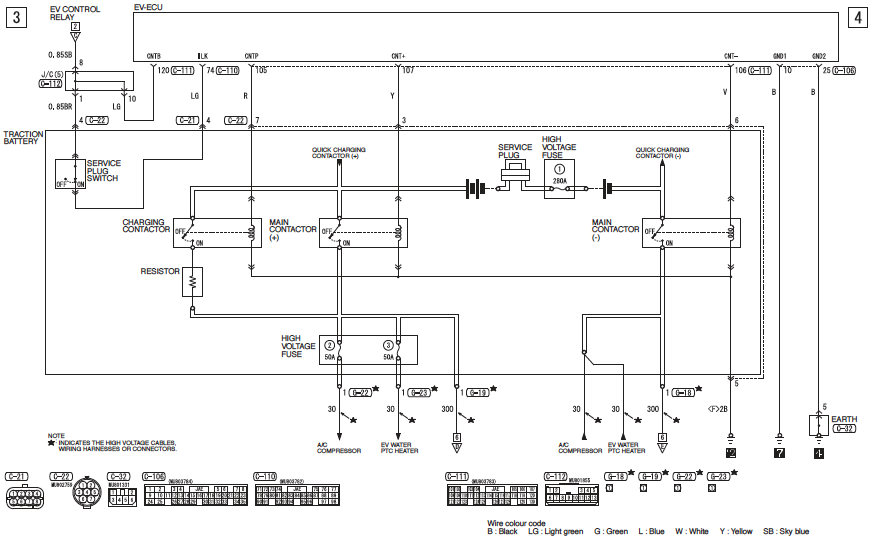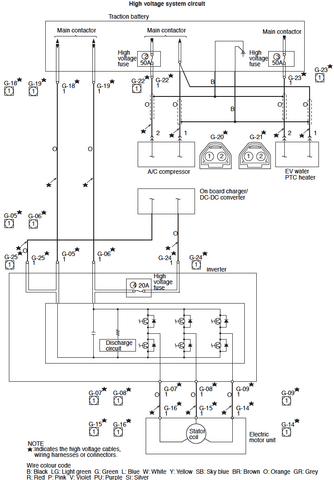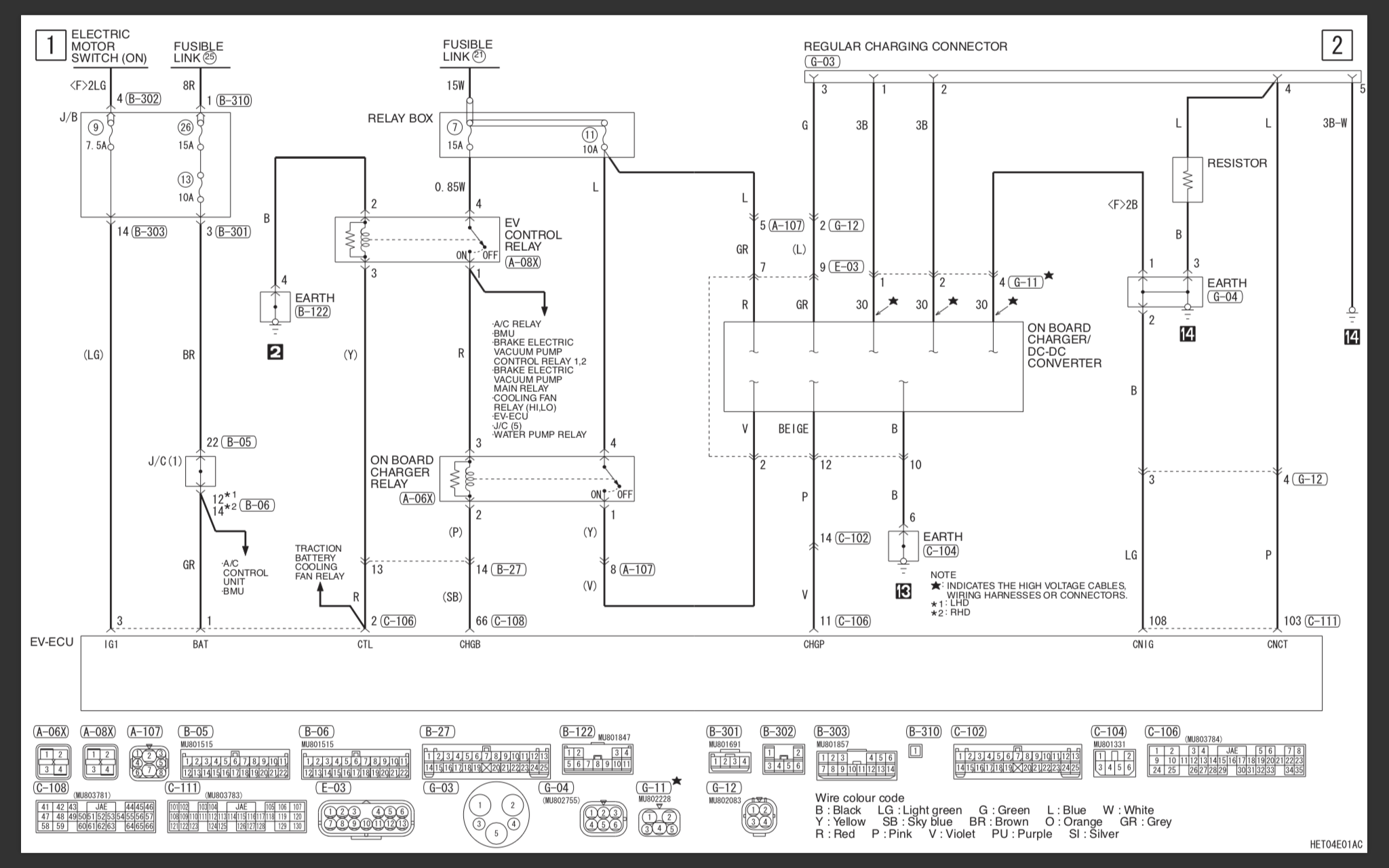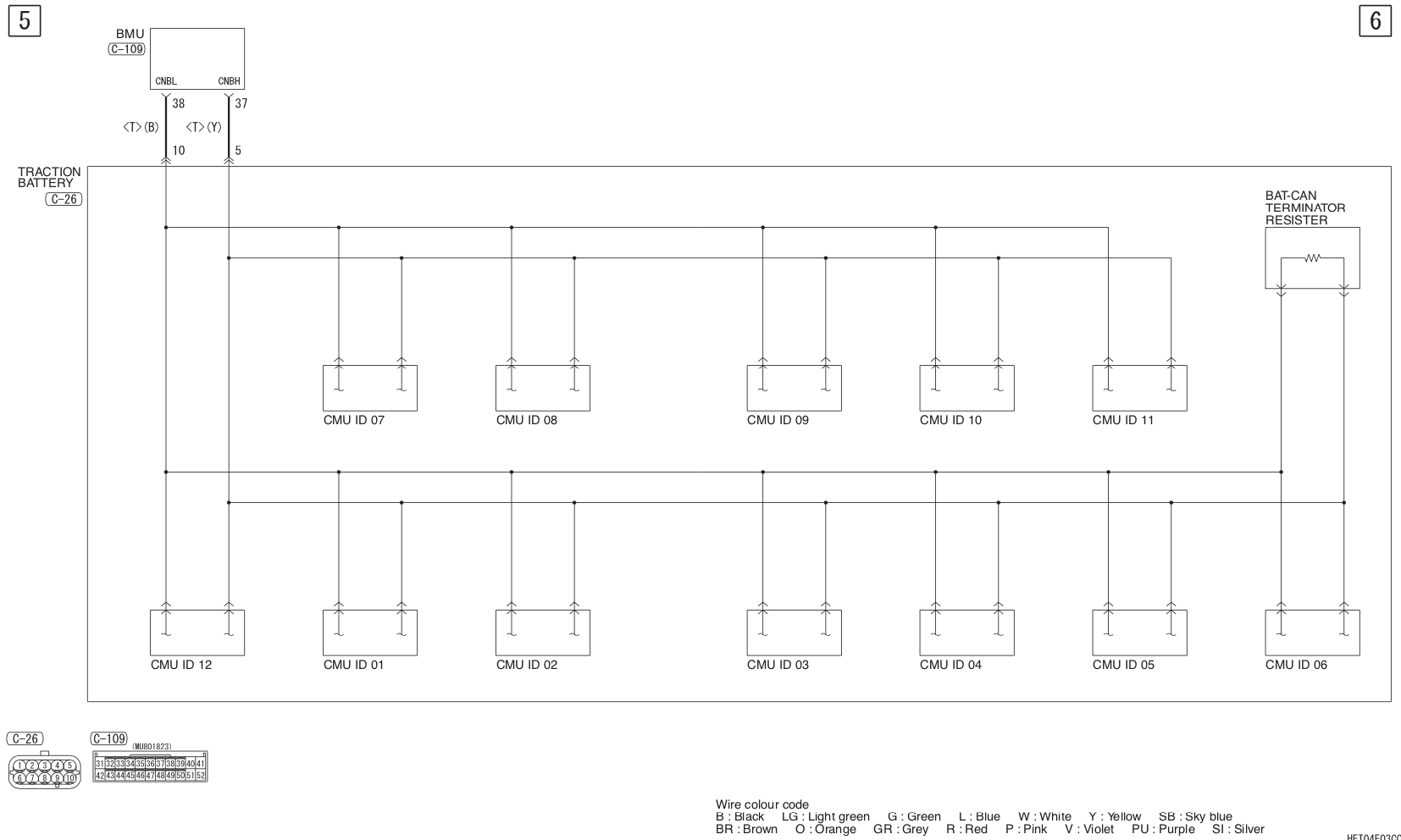DKPeugeotION
Member
- Joined
- Oct 25, 2019
- Messages
- 6
I’ve just bought a Peugeot ION, which cannot drive. The history of the car, is that the car one morning, showed the yellow Hi-voltage error, in the dash-board, after a ac-charge, and since that would’t drive. The former owner has sent it to dealers and specialists, and after year given up on the car. So then I got it cheap (I guess  ). I have seen the threads about the blow capacitors in the DC-DC converter, and the fine video of repair at youtube by SydEV. I’m an software engineer (and also studied also some electronics), and it was quite manageable task, to find the two cracked ceramic capacitors, and replace them with some new ones. I also exchanged the 12v battery to a new one.
). I have seen the threads about the blow capacitors in the DC-DC converter, and the fine video of repair at youtube by SydEV. I’m an software engineer (and also studied also some electronics), and it was quite manageable task, to find the two cracked ceramic capacitors, and replace them with some new ones. I also exchanged the 12v battery to a new one.
I hoped that, it had been a “turn-key-solution” afterwards, but I still have the problem with the Hi-voltage fault.
My friend has a Citroen/Peugeot OBD reader/writer, and we have cleared all the errors, but one keeps coming back: P1A15 Condenser charge timeout.
I’ve tried to measure the voltage of the main capacitor, but it does not seem to charge at all. I’ve tried to read it, though the OBD-software and with a digital volt-meter at ECU. My first thought was that a Hi-voltage device was using too much power, so the voltage never got high enough (220v?) for the computer to accept. I have tried to unplug the Hi-voltage line from the heater and the aircon-pump (which the former owner says has been giving problems, and in fact might have been changed by the dealer to repair the general problem), but I am still not able to measure any voltage over the capacitor. The main fuse in the MCU, seems to be fine, and I’m also not finding any voltage directly at the incoming orange Hi-voltage line in the MCU.
I understand that others in the forum, has had problems with the MCU measuring the voltage of the capacitor incorrectly, and my voltmeter might not able to show the short pulse (1-2 sec?) of power, but I would think that should have got some result either at the voltmeter or the OBD software.
Now I’m beginning to think that problem might not be at the MCU in the back of the car, but maybe rather somewhere near the main battery.
I’m able to read the cell’s of the battery with the OBD software, so I guess that I am able to speak to the BMU. The main battery seems to be ok.
The Car is the moment parked in a parking lot, and I have not been able to follow the Hi voltage cable under the car to the main battery, and see if anything is missing, or need a repair. But hopefully I’ll be able to that some day soon, before it gets to cold here in Northern Europe.
I havent been, on the bottom side (below the cooling plate) of either the MCU or the Charger/Dc-DC converter. Could it be a fuse (or something else) there that result in the P1A15 error code?
Any suggestions to how I should progress, and what to look for, are welcome.
Kind regards
Anders M. Hermansen,
Copenhagen Denmark.
Ps) I hope that i use the right abbreviations, and understand the processes of the car correctly, but otherwise let me know . Thank you for a great forum.
. Thank you for a great forum.
I hoped that, it had been a “turn-key-solution” afterwards, but I still have the problem with the Hi-voltage fault.
My friend has a Citroen/Peugeot OBD reader/writer, and we have cleared all the errors, but one keeps coming back: P1A15 Condenser charge timeout.
I’ve tried to measure the voltage of the main capacitor, but it does not seem to charge at all. I’ve tried to read it, though the OBD-software and with a digital volt-meter at ECU. My first thought was that a Hi-voltage device was using too much power, so the voltage never got high enough (220v?) for the computer to accept. I have tried to unplug the Hi-voltage line from the heater and the aircon-pump (which the former owner says has been giving problems, and in fact might have been changed by the dealer to repair the general problem), but I am still not able to measure any voltage over the capacitor. The main fuse in the MCU, seems to be fine, and I’m also not finding any voltage directly at the incoming orange Hi-voltage line in the MCU.
I understand that others in the forum, has had problems with the MCU measuring the voltage of the capacitor incorrectly, and my voltmeter might not able to show the short pulse (1-2 sec?) of power, but I would think that should have got some result either at the voltmeter or the OBD software.
Now I’m beginning to think that problem might not be at the MCU in the back of the car, but maybe rather somewhere near the main battery.
I’m able to read the cell’s of the battery with the OBD software, so I guess that I am able to speak to the BMU. The main battery seems to be ok.
The Car is the moment parked in a parking lot, and I have not been able to follow the Hi voltage cable under the car to the main battery, and see if anything is missing, or need a repair. But hopefully I’ll be able to that some day soon, before it gets to cold here in Northern Europe.
I havent been, on the bottom side (below the cooling plate) of either the MCU or the Charger/Dc-DC converter. Could it be a fuse (or something else) there that result in the P1A15 error code?
Any suggestions to how I should progress, and what to look for, are welcome.
Kind regards
Anders M. Hermansen,
Copenhagen Denmark.
Ps) I hope that i use the right abbreviations, and understand the processes of the car correctly, but otherwise let me know



























